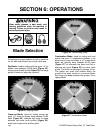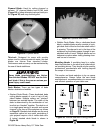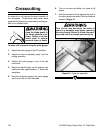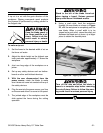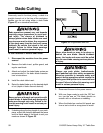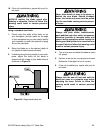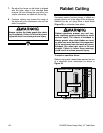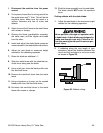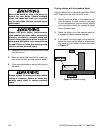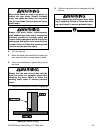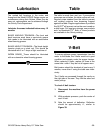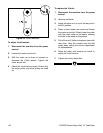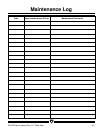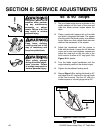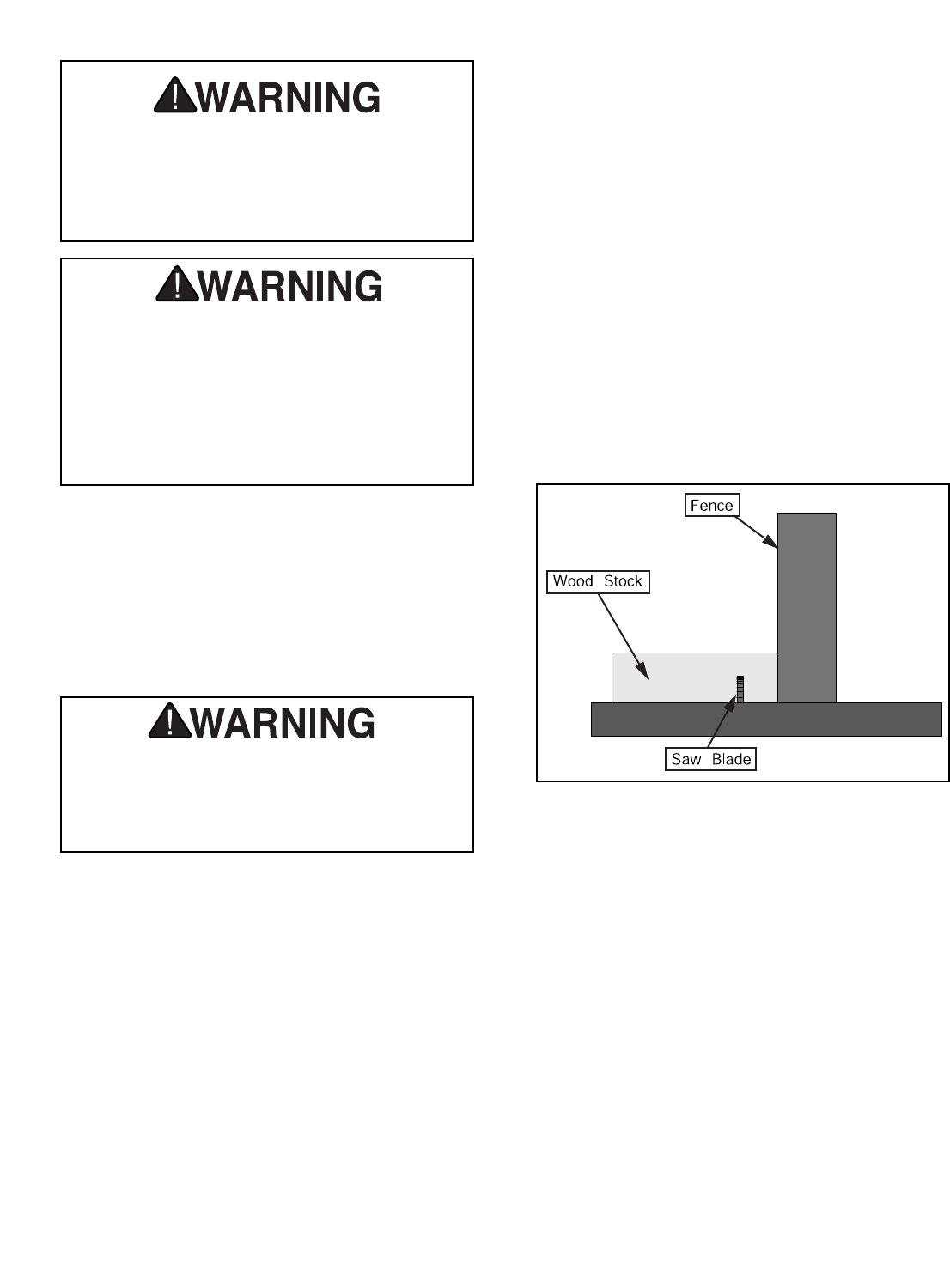
-36- G1023Z Series Heavy-Duty 10'' Table Saw
Always use push sticks, featherboards,
push paddles and other safety accessories
whenever possible to increase safety and
control during operations which require the
blade guard and splitter to be removed from
the saw. Failure to follow this warning could
result in serious personal injury.
Never allow hands or arms to be above or
behind the saw blade. Should kickback
occur, the hands and arms can be pulled
into the saw blade. Serious personal injury
could result.
3. Reconnect the saw to the power source and
turn the saw on.
4. When the blade has reached full speed, per-
form a test cut with a scrap piece of wood.
5. If the cut is satisfactory, repeat with your fin-
ish stock.
Always replace the blade guard after rabbet
cutting is complete. Failure to follow this
warning could result in serious personal
injury.
Cutting rabbets with the standard blade:
Cutting rabbets with a standard saw blade DOES
NOT require the use of a sacrificial fence.
1. Clearly mark the width of the rabbet cut on
your workpiece. Include marks on the edge
of your workpiece so you can clearly identify
your intended cut while the material is laying
flat on the saw table.
2. Raise the blade up to the desired depth of
cut (depth of rabbet channel desired).
3. If the rabbet runs the length of the material,
adjust the fence so the blade is aligned with
the inside of your rabbet channel as shown
in Figure 37.
Figure 37. Rabbet cutting.



